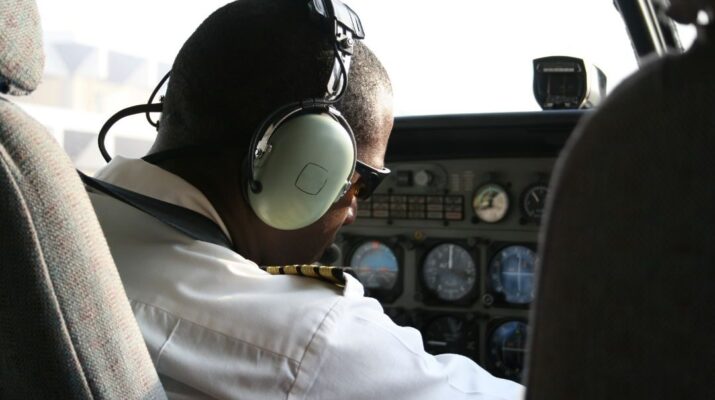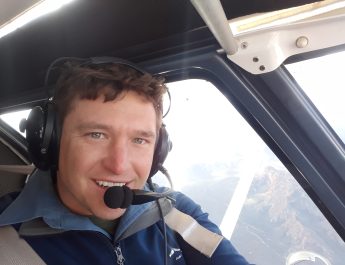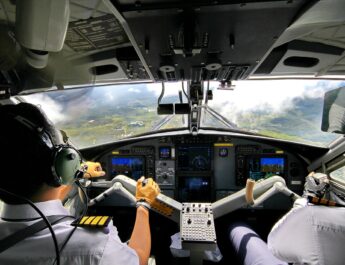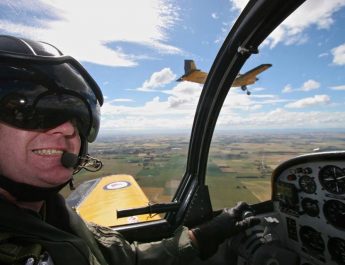Find out how to best prepare yourself when confronted with an aviation radio failure. Practical steps to consider and apply to either manage an aviation radio failure or avoid accidentally causing one yourself.
Introduction
Aviation is a complex environment and having a working knowledge of all the systems in aircraft is paramount with high on the list managing an aviation radio failure. This important part of the system can be a little ‘tricky’ when the difference between communicating and not communicating has so many variations including ‘induced’ failure. In this pilot’s guide, we not only discuss technology failure procedures, but we also boldly look at human factors and how to manage ourselves when faced with a loss of communication. Anytime is a good time to remind us of the basics and when it comes to aviation radio failure, the basics might just be the thing that kicks your best human behaviors into action.

What is aviation radio ‘failure’?
Before we delve into the best practice aviation radio failure management, we need to start from the same playbook, and that is understanding the multiple meanings of an aviation radio failure. To clear this up, the meaning of an aviation radio failure at the core is when there has been a communication breakdown between two parties, whether this is between air traffic control (ATC) and the pilot or between two aircraft. Simply put, when a sender of information and a receiver of information are not on the same page.
Communication in aviation is paramount at all stages before, during and after a flight because it ensures that everyone’s mental models match which in turn promotes safe operations. What constitutes a radio failure can range from loss of contact for two minutes to a prolonged loss of communication. What connects both of these extremes is a core ICAO competency1, situational awareness, and understanding and noticing when the communication is not suitable for the current environment. Two minutes without hearing something on your radio is more ‘normal’ when flying in the back blocks in the middle of the night, whereas in controlled airspace around New York, should set off a red flag.
“Once a radio failure has been identified, the student should be instructed to aviate and navigate – remaining clear of controlled airspace, while a possible cause of the problem is investigated.”
aviation.govt.nz/licensing-and-certification/pilots/flight-training/flight-instructor-guide/radio-failure3
What is finger trouble?
Early in my career, I was talking to a very experienced airline Captain who wanted to share some advice, I leaned in thinking it was to be aviation’s equivalent to the meaning of life, and this is what he said. “Whenever anything is not right, ALWAYS first check if it is something simple like ‘finger trouble’. Finger trouble?? What? That was my first thought, feeling it wasn’t that profound however I soon figured it out. What he meant was sometimes non-normal situations can be induced by your own actions or lack thereof, but the good news is, you can also solve those ones by swiftly and methodically going back over your steps. Perhaps the radio isn’t properly selected on the avionics panel, the setting could be half a ’click’ out, you omitted to flick the standby frequency over, the headset jacks weren’t fully seated, or you took your headset off and forgot to select ‘speaker’ to monitor the frequency.
Simple missed or incorrect steps are what ‘finger trouble’ is and checking the obvious first can save you a lot of bother. It can be easy at first to blame the radio equipment but in reality, complete radio failures are pretty rare. Familiarity with the avionics suite in the aircraft will resolve most of the usual issues with transmission or reception, but if that still doesn’t work, there are a few things you can try before adopting no radio procedures.
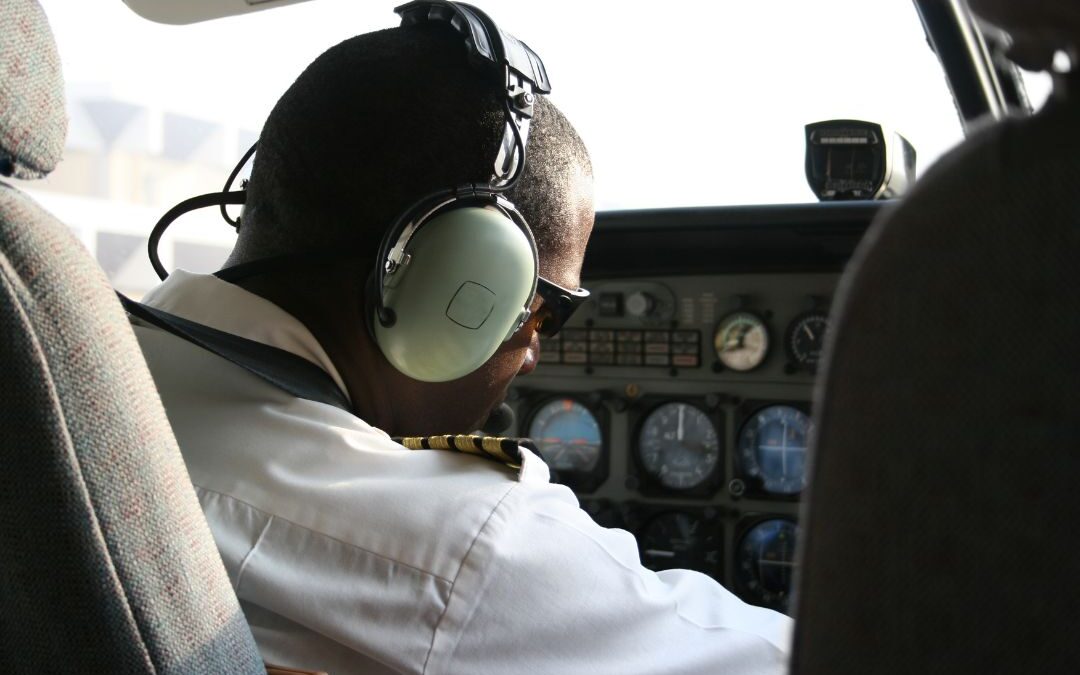
- Auto Shut-Off
- Battery status indicator
- (2) AA Batteries - 40 hours of operation
What causes a loss of radio communication?
In the context of aviation radio failure being a loss of radio communications, there are several reasons this can occur. Below are some ‘causes and clues’ to consider.
| Cause | Clue |
| Jammed transmission (two pilots click the press-to-talk at the same time often followed by the words “two in” from other pilots on frequency) | ATC doesn’t respond to you when you make a radio call |
| Ground interference | Unclear or garbled transmissions |
| Callsign confusion | ATC calling and no one responding – they could mean you |
| Zoning out | Radio chatter becoming secondary to your flight deck conversation or ATC calling and no one responding – they could be calling you |
| Wrong frequency setting | No response from ATC on initial call on frequency or an unusual silence when normally busy |
| Volume too low | A suspiciously low amount of radio traffic |
| Stuck/open mike | Other aircraft attempting to call you on a second radio unit (if installed). Funny story about this later in this article! |
What do I do when I have a radio failure?
When you first suspect a radio failure2 or loss of radio contact, remember to do the ‘finger trouble’ review straight away. If still the radio failure situation continues, then try this.
1. Disable the squelch on the radio to test the volume
2. Turn it off, then back on
3. Verify that it’s selected to transmit, rather than another set
4. Confirm the correct frequency for your area
5. Commence your country’s3 radio failure procedure which may include continuing the flight as planned or landing at an uncontrolled airfield
6. Continue to transmit “In the Blind” in the hope that ATC can receive your transmissions
7. Squawk the appropriate No Comms Transponder code – 7600
Remember there are different procedures for controlled and uncontrolled airports and you will need to review these in your jurisdiction. At a controlled aerodrome with a control tower, keep a lookout for lighting signals4 for your clearance to land or continue to hold.
What behavior helps manage a radio failure?
Situational awareness (SA) was mentioned earlier, and I believe remains the most important competency when it comes to managing an aviation radio failure. It is vital to continually assess whether the environment is ‘feeling normal’ or whether things are occurring as expected. A great countermeasure to avoid loss of situational awareness is to anticipate. For aviation radio failure this means being aware of higher risk times of communication breakdown. Some of these times are when there is a high workload, fatigue, or becoming too complacent.
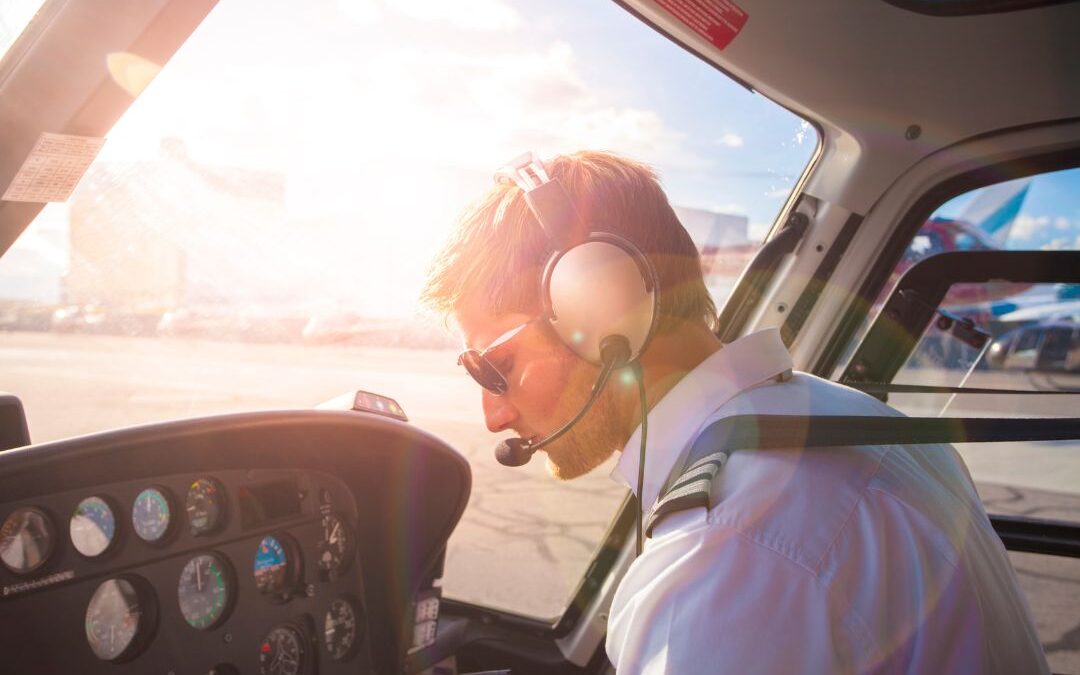
Keep aviation radio failure in perspective
Even if the radios all failed5, it’s no reason to crash, yet that’s exactly what pilots have done by allowing themselves to be distracted by a small problem, thereby creating a much larger one. To emphasize going back to basics, when presented with any problem, consider the flight plan and
AVIATE – NAVIGATE – Communicate LAST.
You need to keep the aircraft flying within the appropriate envelope, in the appropriate place, and then figure out your response to let everyone know about it. The first two steps ensure your mental model of what you are doing and where you are in space keeps controlled flight, then you can share that mental model by using radio failure procedures, or simply by thinking outside the box to find another way to share your information.
- Superior Quiet - Zulu 3 delivers advanced active noise reduction...
- Low Profile Comfort - Weighing just 14.6 ounces (including ear...
- Durability and Longevity – Made almost entirely of stainless...
Managing the follow-up paperwork
Every country has a transport safety board, for the US it is the NSTB6. Whenever an accident or incident occurs, there are legal requirements to report it. Please refer to your local laws. While this is necessary, it is only to be done after you have landed. Then deal with the paperwork and any ensuing bureaucratic drama once the aircraft is safely on the ground.
“Observing a loss of communication is insufficient to diagnose the motive because similar behaviours may
icao.int/EURNAT/EUR 5
represent different motives. Getting a clear picture of the situation is paramount and every effort should be
made to minimise the uncertainty period.”
Transmitting blind – a true story revealed!
I promised to elaborate on a tale about a stuck mike. There was a pilot who was operating at a regional airport large enough to have a few jet arrivals each day but mostly small piston-engine aircraft. The PIC had a new pilot to the company observing the regular runs and the new pilot was keen to use their new headset. It turned out that when the second headset was plugged into the C210, they weren’t compatible with the PICs, and the result was an open mike to the local operating area. The PIC knew something wasn’t right as they taxied out however at that point, they didn’t know their mike was open. There were some expletives used by the PIC while a jet transport aircraft was in the circuit area. When the PIC figured out the issue and asked the observing pilot to remove their headset, the pilot on the radio in the jet simply said, “Ahh … perhaps next time watch your language!”. The PIC wanted to disappear especially as they wanted a job at that airline one day!
The moral of the story, is if you suspect radio communication failure, watch your p’s and q’s! You never know in what state the radio might fail!
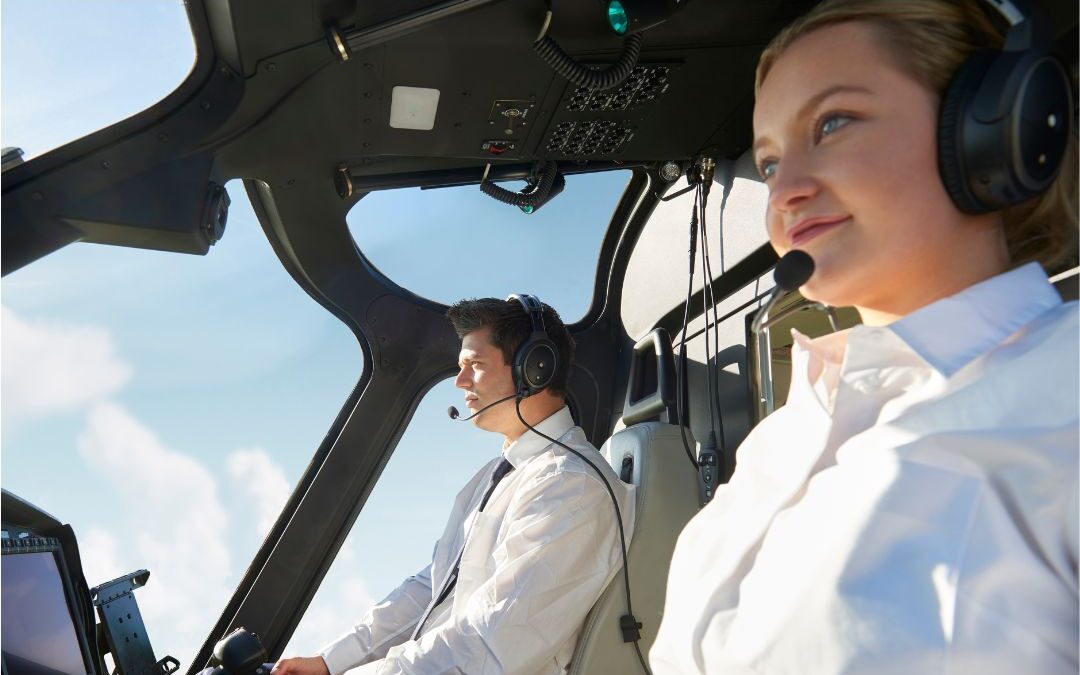
Conclusion
We are so lucky to take our machines into the air, but defying gravity brings with it immense complexity. Keeping our aircraft in controlled flight is paramount however communicating our needs, wants, and plans forms part of the entire safety system. If you haven’t looked up your local radio failure procedures recently or reflected on your own situational awareness behavior, then use this article as your trigger to do so. Anytime is a good time to brush up so that if the unexpected does occur, you open up more capacity to react in the best possible way. Never forget the basics – AVIATE, NAVIGATE, and COMMUNICATE. This has been a proven model for thousands of aviators before us to manage any kind of failure from when engine failure or aviation radio failure occurs. Maintain the acronym!
Reference list:
- https://www.icao.int/ESAF/Documents/meetings/2017/LOC-I%20and%20UPRT%202017/Updated%20Documents/Amdt%205%20to%20PANS-TRG%20v2.pdf
- ‘Two‐way Radio Communications Failure,’ FAA. Accessed online at https://www.faa.gov/ai_traffic/publications/atpubs/aim_html/chap6_section_4.html on Dec 13, 2022.
- ‘Radio failure’, Aviation.govt.NZ, Published: (revised) 2021. Accessed online at https://www.aviation.govt.nz/licensing-and-certification/pilots/flight-training/flight-instructor-guide/radio-failure/ on Dec 13, 2022.
- ‘Aviation light signals’, Wikipedia. Accessed online at https://en.wikipedia.org/wiki/Aviation_light_signals on Dec 13, 2022.
- https://www.icao.int/EURNAT/EUR%20and%20NAT%20Documents/EUR%20Documents/EUR%20OPS%20BULLETINS/EUR%20OPS%20Bulletin%202021%20001v1.pdf
- ‘Report an Aircraft Accident to the NTSB’, NTSB. Accessed online at https://www.ntsb.gov/Pages/aviationreport.aspx on Dec 13, 2022.

